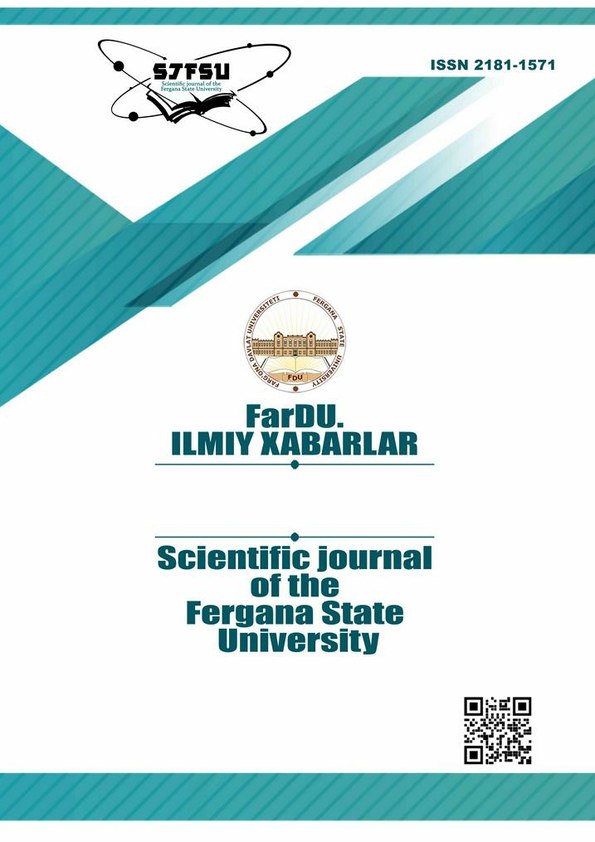КОНФИСКАЦИЯ И РЕКВИЗИЦИЯ ИМУЩЕСТВА В ТУРКЕСТАНЕ
Основное содержимое статьи
Аннотация
In this article, it is revealed that the confiscation of the property of the population in 1917-1924 years in Turkistan, that is, the illegal implementation of the works of requisition and konfiskasia, as a result of which the violation of the rights of the population in relation to property, their sharp change in lifestyle, poverty, at the same time illegal implementation of Illegal property konfiskasi and requisition conducted by the Soviet authorities in Turkestan, confiscation of property not specified in the normative-legal documents and uncontrolled, arbitrary lighting in this process. It is indicated that this is a violation of the rights and legitimate interests of citizens, and what remains is the reason for the increase in prices (food products).
Информация о статье
Библиографические ссылки
Oʻzbekiston Respublikasi Prezidenti Sh.Mirziyoyevning 2021-yil 20-avgust kungi mamlakatimiz tadbirkorlari bilan ochiq muloqotidan (From the speech of President of the Repablic of Uzbekistan Sh. Mirziyoyev with the entrepreneurs of our country on August 20, 2021) (Президент Республики Узбекистан Ш.Мирзиёев 2021-йил 20-август кунги мамлакатимиз тадбиркорлари билан очик мулокотидан (Из выступления Президента Республики Узбекистан Ш.Мирзиёева с предпринимателями нашей страны август)
Oʻzbekiston Respublikasi Prezidenti Administratsiyasi arxivining Fargʻona viloyat boshqarmasi, 1-fond, 1A-roʻyhat, 50-ish, 9 varaq va orqasi. (Fergana regional department of archives of the Presidential Administration of the Republic of Uzbekistan, fund 1, list 1A, case 50, 9 pages and back)
Oʻzbekiston Respublikasi Prezidenti Administratsiyasi arxivi Fargʻona viloyat boshqarmasi, 111-fond, 1-roʻyxat, 51-ish. (Archive of the Presidential Administration of the Republic of Uzbekistan Fergana regional management, fund 111, list 1, case 51.)
FVDA, 121-fond, 1-roʻyhat, 48-ish. (FVDA, fund 121, list 1, case 48.)
FVDA, 83-fond, 1-roʻyhat, 2-ish. (FVDA, fund 83, list 1, case 2.)


